The engine warning light on your car’s dashboard can signal various issues, from minor glitches to serious mechanical problems. Understanding the reasons behind it and taking the correct action is crucial for your vehicle’s health and safety. Here’s what you need to know.
Engine light: What are the causes?
The engine light illuminates when the car’s onboard diagnostics system detects a fault. Common causes include:
- Fuel Injection Issues: Malfunctioning injectors or pump problems disrupt the air-fuel mix.
- Exhaust System Failures: A faulty oxygen sensor, airflow meter or catalytic converter can trigger the warning.
- Ignition Problems: Worn-out spark plugs, ignition coils or preheating systems can impact performance.
- Emission Control Failures: Issues with the EGR valve, particulate filter or sensors affect pollution control.
- Timing Issues: A faulty camshaft sensor may misalign engine timing, causing performance dips.
Can you drive with an orange engine light on?
If the light is steady, it usually indicates a non-critical issue. You can drive short distances but should promptly schedule a diagnostic check to avoid the problem getting worse.
However, if the light is flashing, you should stop immediately—this indicates severe issues, such as catalytic converter overheating, which can lead to engine damage or fire.
Flashing engine light: What does it mean?
A flashing light often indicates a misfire or critical engine malfunction. Continuing to drive in this condition can harm the engine or the catalytic converter. Stop and seek professional assistance immediately.
How to make the engine light turn off?
- Use diagnostic tools: A code reader can pinpoint the fault.
- Visit a mechanic: Professionals can diagnose and resolve more complex issues.
- Correct diagnosis is crucial for an economical repair.
What about the red engine temperature warning light?
This separate warning indicates the engine is overheating. Common causes include coolant leaks, a faulty thermostat or water pump failure. Stop the car, let the engine cool and check coolant levels. Driving with this light on can lead to severe engine damage.
Preventative maintenance tip: Use fuel additives
To keep your engine running smoothly, use a high-quality fuel system cleaner like Wynn’s Injector Cleaner. It removes deposits from injectors and fuel systems, ensuring optimal performance and fuel efficiency. Regular use can also prevent issues that may trigger the engine light.
Being proactive about engine light warnings can save you costly repairs and keep your vehicle in good condition. For detailed advice or maintenance products, trust Wynn’s expertise.
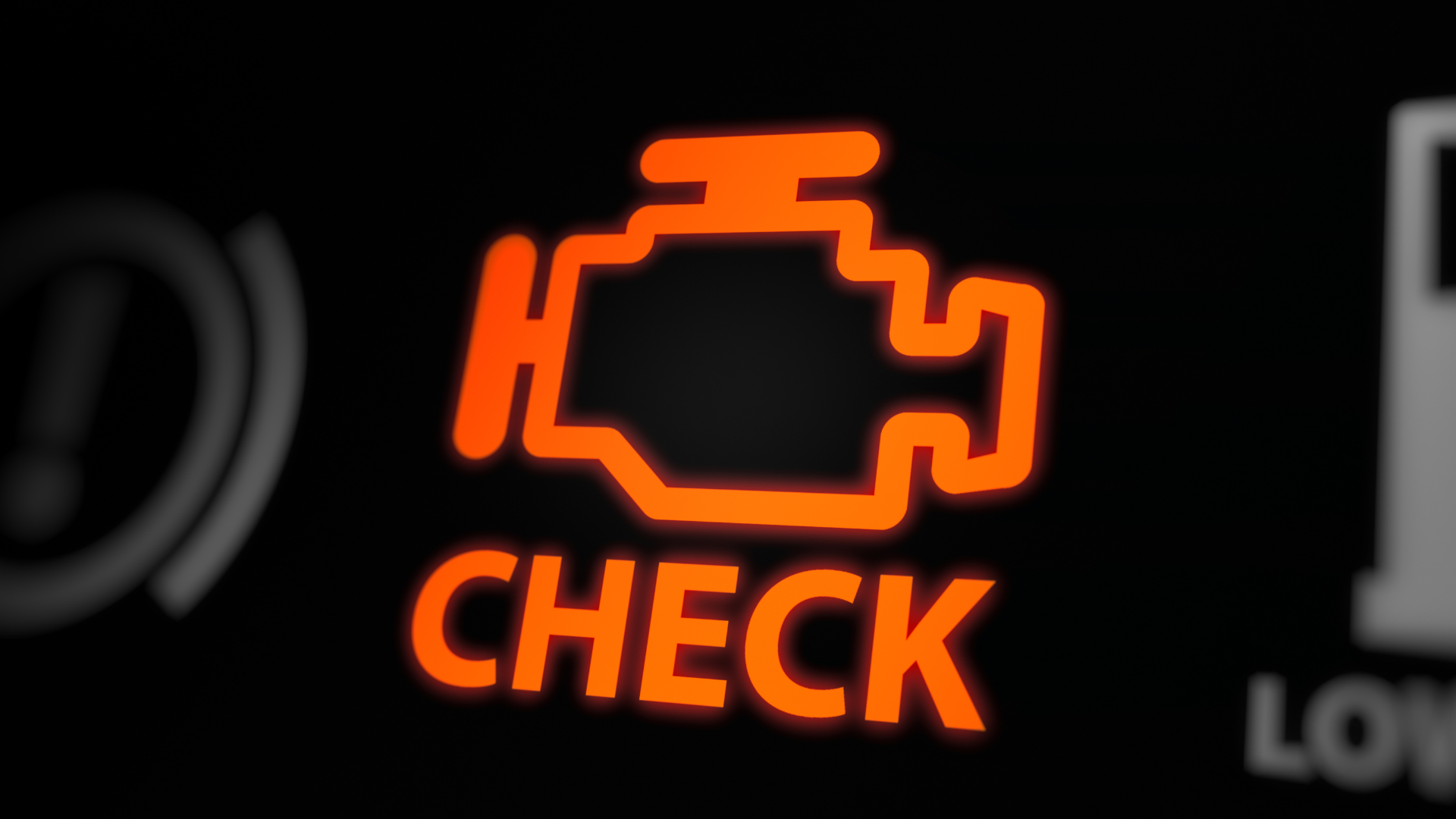
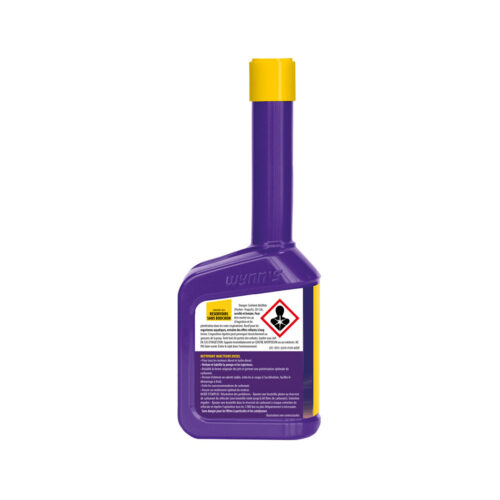
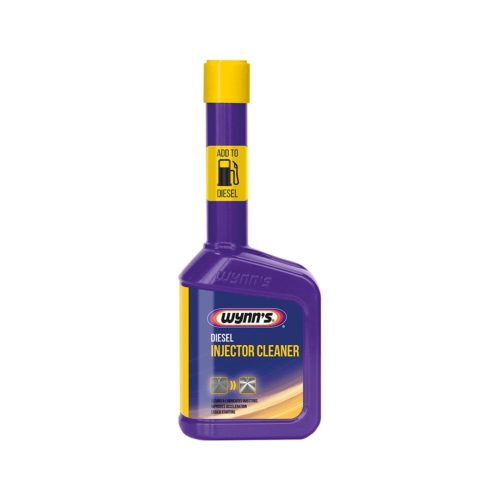
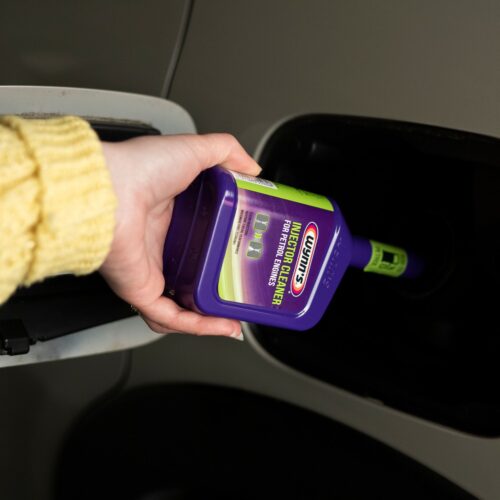
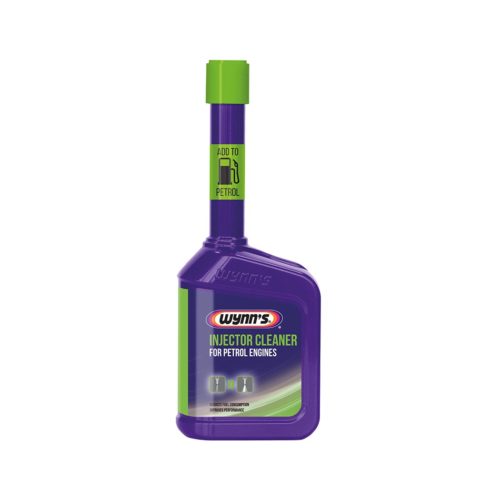
Leave A Comment